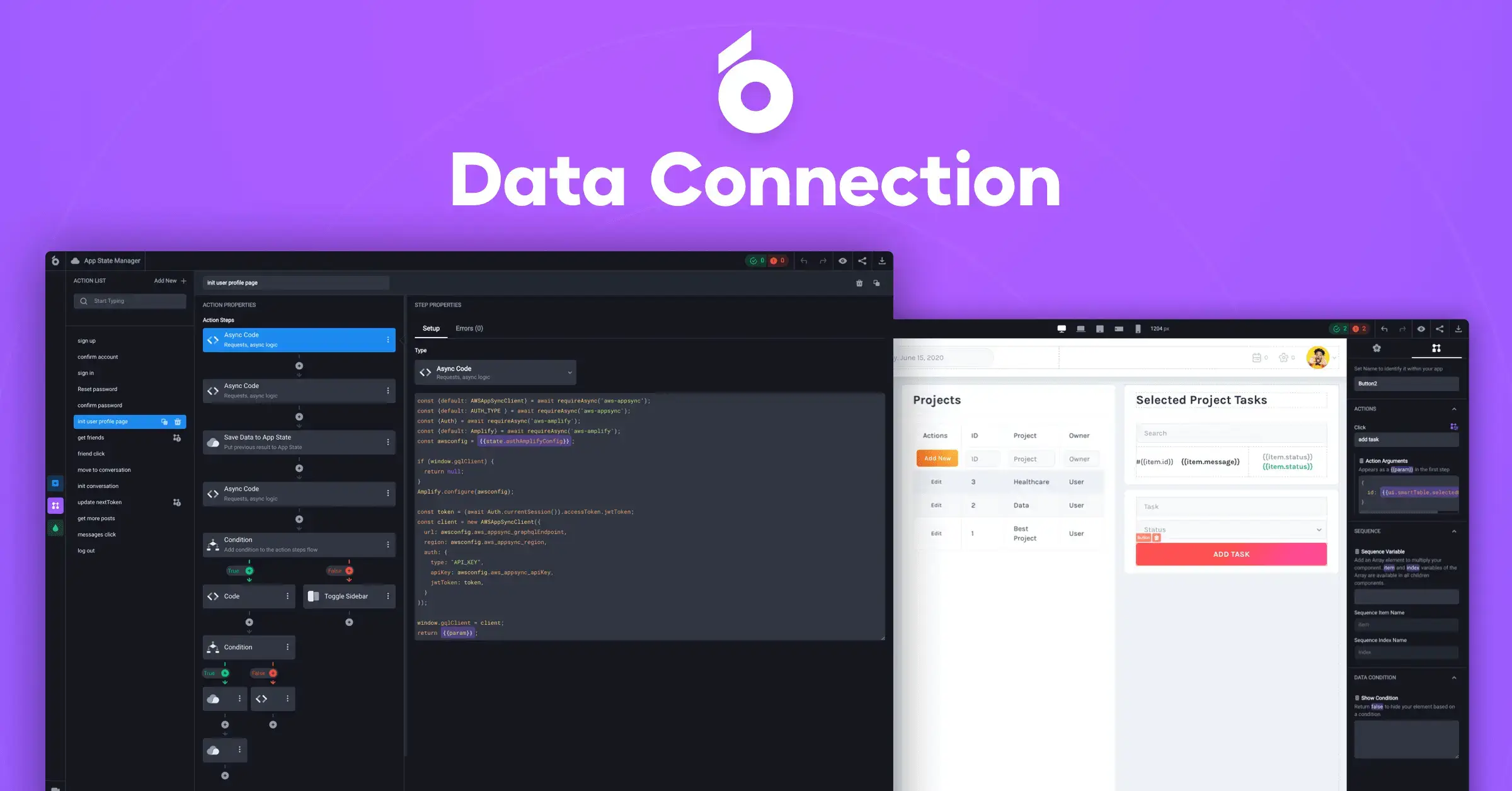
Top-5 Data Integration Tools to Look Out For in 2025
In today's digital age, data is a critical asset for businesses, driving decisions and optimizing operations. However, data often resides across multiple platforms, from cloud services to legacy systems, making data integration essential for unifying and managing this information effectively.
As the demand for real-time analytics grows, choosing the right data integration tool is crucial for ensuring seamless data flow and accuracy. Looking ahead to 2025, this article highlights the top tools to consider, offers tips for selecting the right solution, and explores why low-code platforms like UI Bakery are emerging as strong alternatives. Whether you're a startup or a large enterprise, the right tool can help you unlock the full potential of your data.
What is Data Integration?
Data integration is the process of combining data from different sources and formats into a unified view. This process enables organizations to streamline data access, improve data quality, and derive meaningful insights across the entire organization. With the explosion of big data, cloud computing, and digital transformation, effective data integration has become crucial for businesses looking to make data-driven decisions and achieve operational efficiency.
In today’s interconnected landscape, data often resides in disparate systems such as cloud services, on-premise databases, and third-party applications. Data integration tools serve as a bridge, helping unify this information into a central location or platform, enabling seamless analysis, reporting, and decision-making.
Types of Data Integration Tools
Data integration tools come in a variety of forms, each suited for different business needs, systems, and data types. The main types include:
ETL (Extract, Transform, Load) tools
These tools extract data from different sources, transform it according to business needs, and then load it into a target system such as a data warehouse. ETL tools are common in traditional data integration for batch processing. In practice, ETL solutions for integrating data play a central role in ensuring information from disparate systems is consistent, reliable, and ready for analysis across the organization.
ELT (Extract, Load, Transform) tools
ELT tools work similarly to ETL, but they load the data into the target system first before transforming it. This approach is more efficient for large datasets and cloud-based systems.
Real-time integration tools
These tools focus on integrating data in real-time, allowing organizations to access up-to-the-minute information. They are ideal for use cases where timely data is crucial, such as IoT applications, stock market analysis, or customer interactions.
Data replication tools
These tools copy data from one system to another, ensuring that the target system has a consistent, near-real-time copy of the data from the source. This type of integration is common in disaster recovery, backup solutions, and creating read-only copies of transactional data for reporting.
iPaaS (Integration Platform as a Service)
iPaaS platforms provide a cloud-based framework for integrating different applications and data sources. They offer connectors to various services and are highly scalable, making them a popular choice for businesses moving to the cloud.
How to Choose a Data Integration Tool
Choosing the right data integration tool can be a challenging decision, as it depends on the specific needs of your organization. Here are some key factors to consider:
- Data sources: What are your data sources? If you are working with on-premise databases and cloud services, you need a tool that can handle both types seamlessly.
- Volume and frequency of data: For high-volume, real-time data, look for tools that offer real-time or near-real-time processing. For batch processing, ETL tools are more appropriate.
- Scalability: As your business grows, so will your data. Ensure that the tool you select can scale with increasing data volumes and more complex integrations.
- Ease of use: A good integration tool should have a user-friendly interface, reducing the need for extensive coding or technical expertise. Low-code or no-code platforms are gaining popularity for this reason.
- Cost: While some tools offer pay-per-use pricing, others charge based on the number of connectors or data volumes processed. Understand your budget and the tool’s pricing model.
- Security and compliance: Ensure the tool supports secure data transfer and storage, especially if dealing with sensitive data like healthcare or financial information. Check if it meets compliance requirements such as GDPR, HIPAA, or SOC 2.
- Support and documentation: Consider the level of customer support, community forums, and the quality of documentation offered by the vendor. This is particularly important if you run into challenges during the integration process.
Top 5 Data Integration Tools to Consider in 2025
As we move into 2025, several data integration tools are emerging as leaders in the space, offering innovative features to meet the demands of modern businesses. Here are five tools you should consider:
Fivetran
Fivetran is a cloud-based ETL service known for its simplicity, efficiency, and automation capabilities. It provides pre-built connectors for over 150 different sources, making it ideal for businesses that want to minimize manual intervention. Fivetran focuses on fully automated data pipelines, ensuring data is synchronized in near-real-time, which is a key feature for analytics and business intelligence.
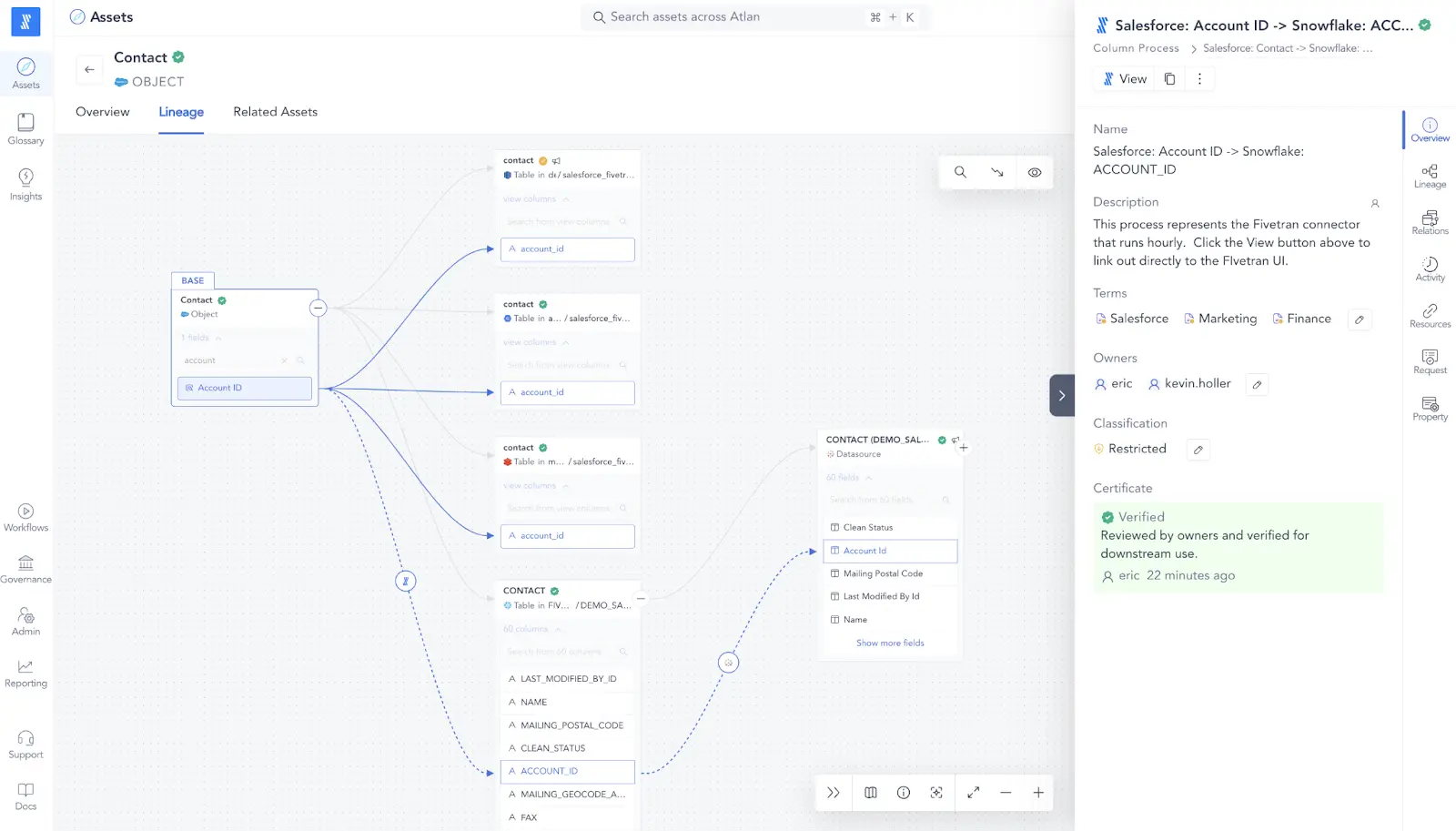
- Key features: Automatic schema migration, zero-maintenance pipelines, robust security measures.
- Best for: Businesses needing a hands-off solution with robust support for cloud services.
Coupler.io
Coupler.io is a data integration platform and AI analytics solution designed for teams that rely on fast, accurate, and automated data flows. It acts as both a data connector and an ETL tool, helping teams automate workflows such as consolidating ad spend, syncing revenue data, and preparing models for AI systems. Coupler.io supports a wide range of ETL use cases for marketing, sales, and finance, covering everything from multi-channel data aggregation to lightweight transformation and continuous data synchronization into spreadsheets, BI tools, and AI platforms.
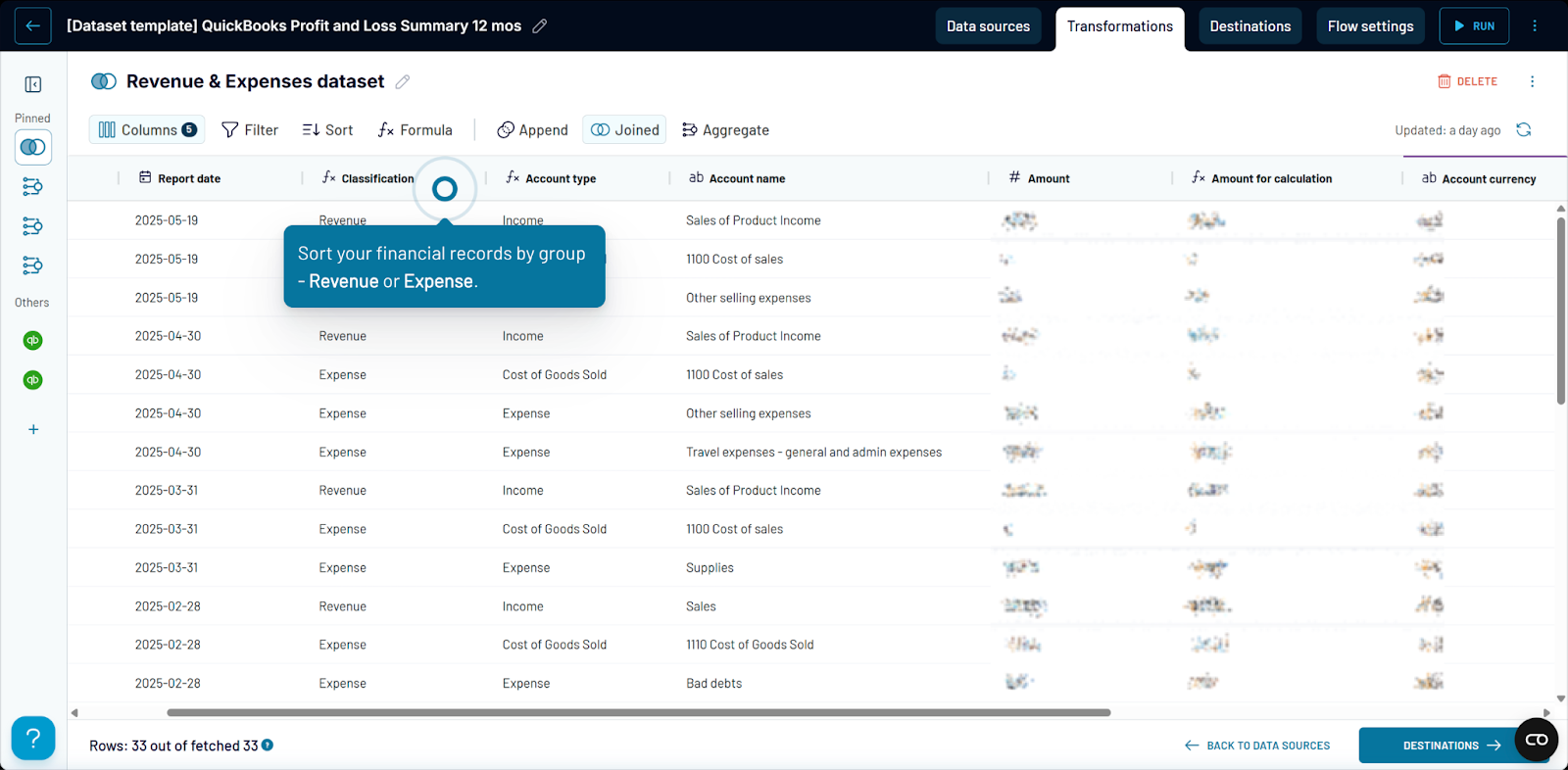
- Key features: No-code pipelines, automated scheduling, data to spreadsheets/BI tools/AI systems, AI-driven analytics, pre-built dashboards.
- Best for: Teams looking for a reliable, automation-first data integration and AI analytics platform that streamlines reporting and accelerates insights.
Informatica Intelligent Cloud Services (IICS)
Informatica has long been a leader in the data integration space, and its cloud-based platform, IICS, is no exception. IICS offers a comprehensive set of tools for data integration, data quality, application integration, and more. The platform is highly scalable and supports hybrid cloud environments, making it ideal for enterprises dealing with complex, large-scale data integration challenges.
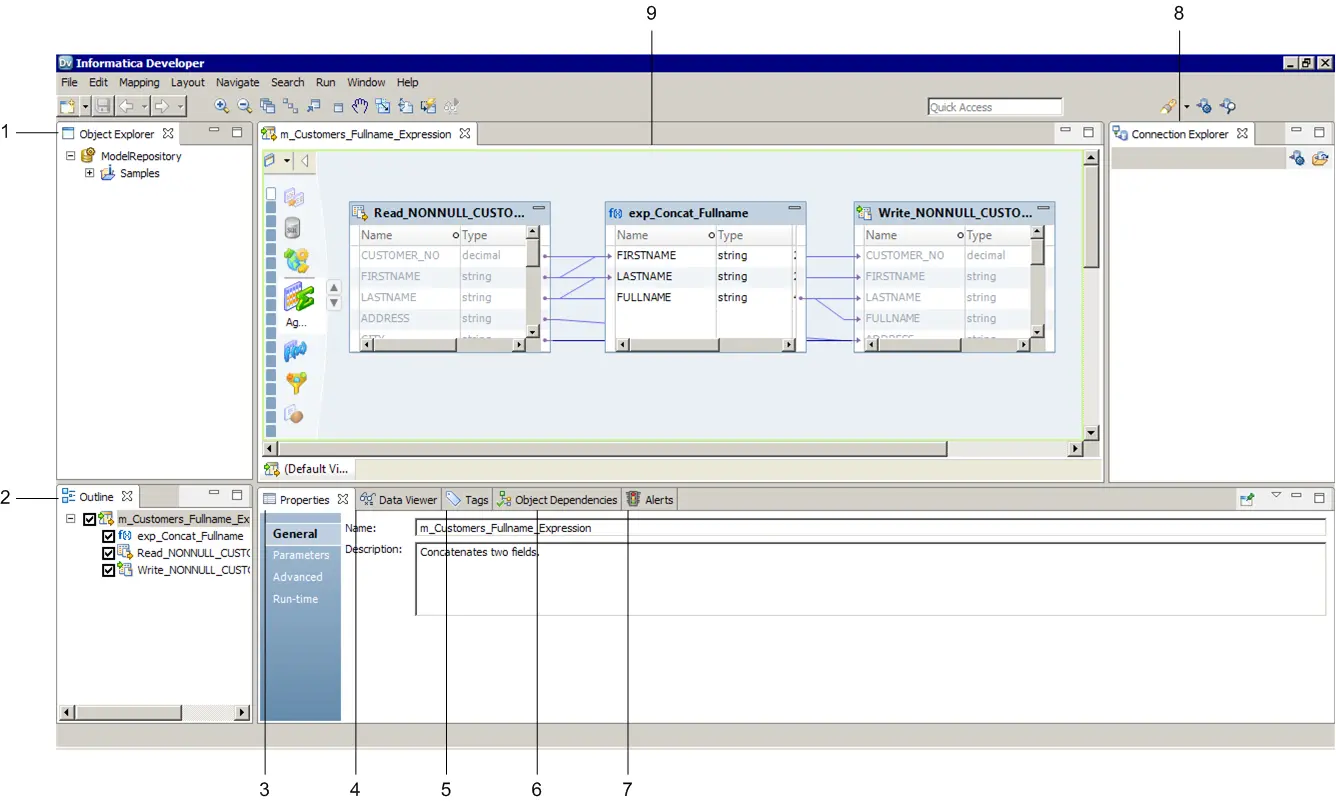
- Key features: AI-driven data management, cloud and on-premise compatibility, robust security.
- Best for: Large enterprises with complex data integration needs and hybrid cloud environments.
Boomi (Dell Boomi)
Boomi is an iPaaS solution that focuses on application and data integration for cloud and on-premise systems. It provides a visual drag-and-drop interface, which makes it easy to set up integration workflows. Boomi’s AtomSphere platform enables businesses to integrate applications quickly without requiring extensive coding knowledge, making it an excellent choice for fast-growing businesses.
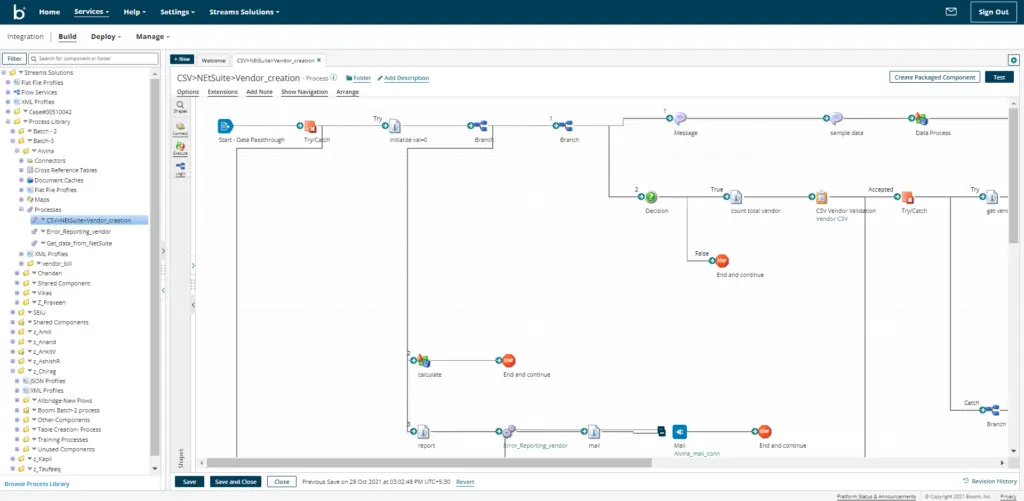
- Key features: Low-code platform, real-time integration, pre-built connectors for common applications.
- Best for: Mid-sized businesses looking for an easy-to-use and scalable solution.
SnapLogic
SnapLogic is another iPaaS solution that excels in automating application and data integrations. With a focus on AI-driven integrations, SnapLogic’s visual interface allows for the creation of data pipelines with minimal coding. It supports a wide range of connectors for cloud services, on-premise systems, and big data platforms, making it a versatile choice for various industries.
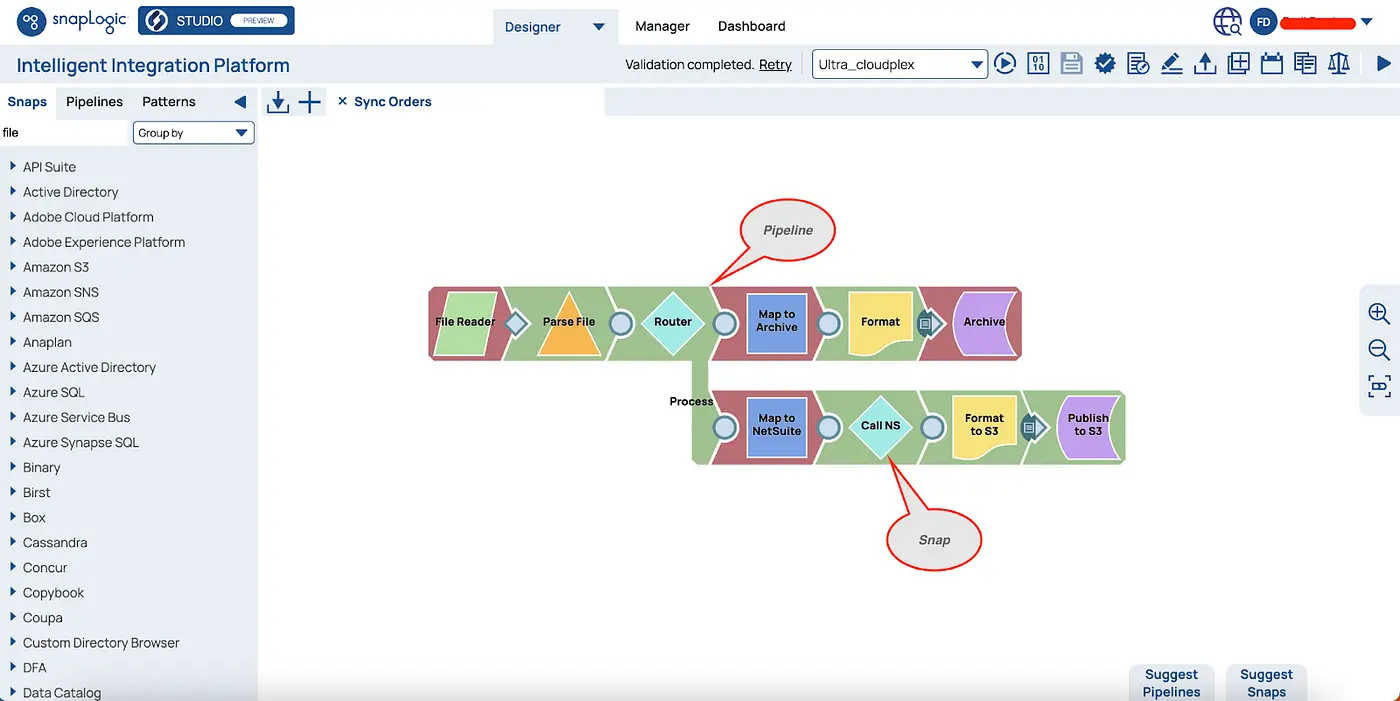
- Key Features: AI-driven automation, real-time processing, integration of cloud and on-premise systems.
- Best For: Companies seeking advanced automation features and a user-friendly interface.
Why UI Bakery is a Good Alternative
If you're looking for an alternative to traditional data integration tools, UI Bakery stands out as a unique option. While UI Bakery is a low-code platform designed primarily for building internal applications, it can act as part of a broader data integration workflow because it supports:
- Database connections: UI Bakery can connect to various databases (PostgreSQL, MySQL, MongoDB, etc.) and query data.
- API integrations: You can integrate external REST or GraphQL APIs, allowing you to pull and push data from different services.
- Custom logic: It allows for custom business logic or workflows that can help in integrating data from different sources and performing transformations.
Other advantages of UI Bakery include:
- Internal application development: Besides data integration, UI Bakery enables teams to build custom internal tools such as dashboards, data management systems, and workflows. This makes it a multi-purpose solution that can consolidate various business functions in one place.
- Cost-effectiveness: For companies that need both data integration and internal tool development, UI Bakery is cost-efficient since it combines both functionalities in one platform. It reduces the need for multiple tools and complex custom coding.
- Scalability: As a cloud-based platform, UI Bakery can grow with your business, supporting more complex data needs as they arise.
To start with, use our fully customizable data integration dashboard template!
Conclusion
As we look ahead to 2025, data integration will continue to play a critical role in the success of data-driven organizations. Tools like Fivetran, Talend, Informatica, Boomi, and SnapLogic are leading the way with innovative features, scalability, and automation capabilities. However, alternative platforms like UI Bakery offer unique advantages, especially for teams looking for low-code solutions that integrate both data and application development.
Selecting the right tool depends on your business needs, including the complexity of your data landscape, real-time requirements, and ease of use. Whether you choose an ETL, iPaaS, or a low-code platform like UI Bakery, investing in a robust data integration solution is key to unlocking the full potential of your data.


